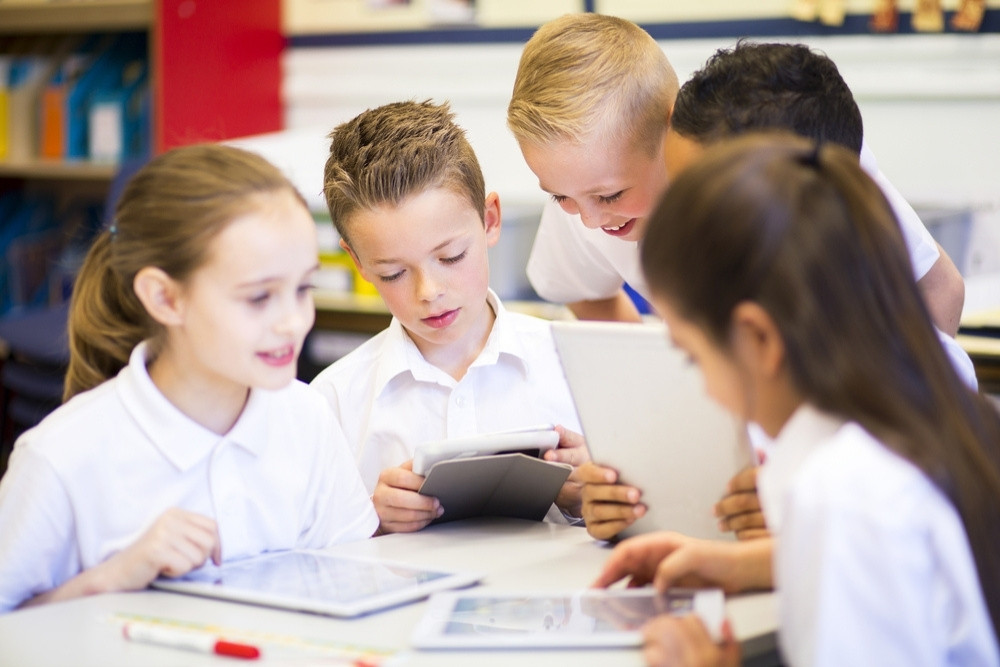
Technology in International Schools
There is no doubt about how vital technology has become in our daily lives. The technology process has made our lives more comfortable and efficient. Almost everything we do and touch has some elements of technology in it.
Here are a few of many more fascinating technology figures:
– People check their mobile phones about 150 times a day, and in the case of young students, this number can be higher.
– The world has produced 90% of its Big Data only in the past two years.
– By 2040, 95% of purchases will be online.
(Source: https://techjury.net/blog/how-fast-is-technology-growing/#gref)
 Technology in International Schools
Technology in International Schools
Technology has revolutionized many fields, and education is one of them. The arrival of computers in education has benefited both teachers and students, making teaching and learning easier and more enjoyable.
Therefore, we cannot ignore the importance of technology in schools.
1. On the one side, technology is included as part of the curriculum. Digital literacy—the skills of searching for, discerning, and producing information and the critical use of new media —has thus become an essential consideration for curriculum frameworks. The first aim is to teach students how to use technological devices and the internet safely. From 21st century algorithmic thinking and coding skills to computer science, there are different alternatives during the school years for students to learn to appreciate current and emerging computing technologies. Graduates who are less familiar with digital culture are increasingly at a disadvantage in the national and global economy.
2. On the other side, technology is also an essential tool for the entire learning process. Implementation of technological innovations makes the learning process easier, more exciting, and dynamic. It allows education to move from a passive and reactive approach to interactive and focused. Here are some examples:
– Billions of videos, podcasts, audio, and text over the internet
– Interactive whiteboards for an interesting learning experience
– Using tablets as learning aids
– Learning through Google applications
– E-tools for marks and attained qualifications
– eLearning or online learning (especially after the impact of Covid-19)
– 3D printing pen
– Interactive tables
– 3D scanning for a digital reality
– 3D printer.

Computer Literacy
Computer literacy is the literacy of the 21st century. By implementing modern technologies in their classrooms, international schools take great pride in educating the makers of tomorrow. However, access to modern technologies might be limited by budgets or resource restrictions, which increases the technological gap between public, private, and international schools. The same might apply to different countries. It is time for every country to introduce a more technologically equipped education sector in the future.
Not everything is golden in the world of technology. There are also some negative impacts, such as the decline in writing skills, the increase in cheating incidents, and the lack of focus in students. Here is a short video about the benefits of handwriting for learning and memorizing.
In the end, what is an acceptable use of technology in schools? What is the right age to introduce technology to students? And how frequent should the use be? These are just some of the questions educators and parents are asking themselves. We invite you to leave your comments and reviews about the international schools you know.






